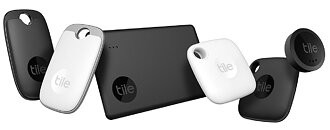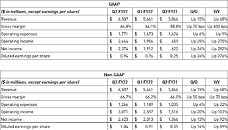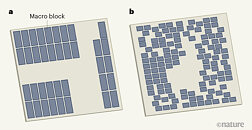MediaTek Exited 2021 with Over 75 Million Unit Lead Over Qualcomm in Smartphone Apps Processors
The global smartphone applications processor (AP) market grew 23 percent to $30.8 billion in 2021, according to Strategy Analytics' Handset Component Technologies (HCT) service report. According to this Strategy Analytics' Handset Component Technologies (HCT) research report, " Smartphone Apps Processor Market Share Tracker Q4 2021: Qualcomm Increases Revenue Share Lead", Qualcomm, MediaTek, Apple, Samsung LSI and Unisoc grabbed the top-five revenue share ranking spots in the smartphone applications processor (AP) market in 2021.
Sravan Kundojjala, author of the report and Director of Handset Component Technologies service at Strategy Analytics, commented, "For the first time on an annual basis, MediaTek overtook Qualcomm in units and established over 75 million unit-lead in smartphone APs 2021. MediaTek capitalized on Qualcomm's defocus on mid and low tier 4G LTE APs and gained volume share. Despite the loss of unit share crown, Qualcomm exited 2021 with over 43% higher revenue than MediaTek, thanks to an increased mix of higher-priced premium and high-tier APs. Both companies performed well in the 5G AP segment and posted a 13-year high in their AP average selling prices (ASPs)."
Sravan Kundojjala, author of the report and Director of Handset Component Technologies service at Strategy Analytics, commented, "For the first time on an annual basis, MediaTek overtook Qualcomm in units and established over 75 million unit-lead in smartphone APs 2021. MediaTek capitalized on Qualcomm's defocus on mid and low tier 4G LTE APs and gained volume share. Despite the loss of unit share crown, Qualcomm exited 2021 with over 43% higher revenue than MediaTek, thanks to an increased mix of higher-priced premium and high-tier APs. Both companies performed well in the 5G AP segment and posted a 13-year high in their AP average selling prices (ASPs)."
















































